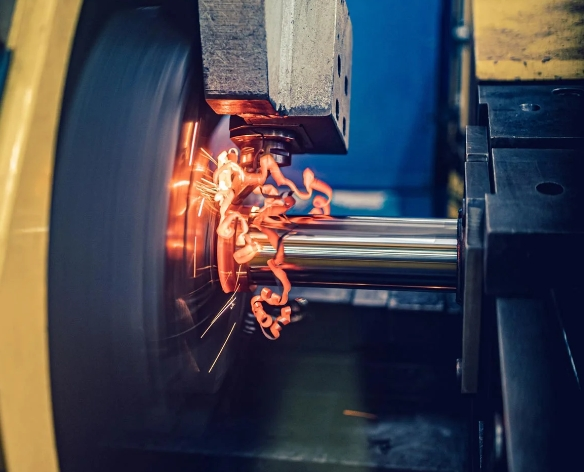Friction welding is a solid-state process that uses frictional heat and pressure to join metal components. This versatile technique is suitable for a wide variety of metals, including aluminum, brass, copper, and steel. At HCIC, the rods used are primarily chrome-plated steel bars, but the capability also extends to welding stainless steel rods.

There are various methods of friction welding, including stir welding, rotary welding, and linear welding. At HCIC, the focus is on rotary friction welding, specifically utilizing the rotational direct drive technique. For the past eight years, HCIC has relied on friction welding, and the proportion of friction-welded cylinders in its production continues to grow steadily.
HCIC employs friction welding for hydraulic cylinders primarily because it delivers strong and reliable welds with minimal distortion. Unlike conventional welding methods that rely on melting and fusing metals, friction welding generates heat through friction to bond two surfaces. This approach preserves the original strength and integrity of the welded joint with minimal impact on the metal's micro structure. Additionally, friction welding is a more sustainable technique, as it requires fewer materials to join components, making it an more eco-friendly solution.

One key advantage of friction welding is its speed and efficiency, making it particularly suitable for high-volume production. Friction-welded rods have significantly shorter cycle times compared to MAG-welded rods of the same size. Additionally, at HCIC, where safety is a core value, friction welding stands out as a cleaner process, generating minimal smoke and spatter. This contributes to a safer working environment for machine operators.
In summary, friction welding offers a reliable, sustainable, efficient, and cost-effective method for manufacturing high-quality hydraulic cylinders. With HCIC's friction-welded cylinders, you can trust that the welded joints will be strong, durable, and built for long-term performance.